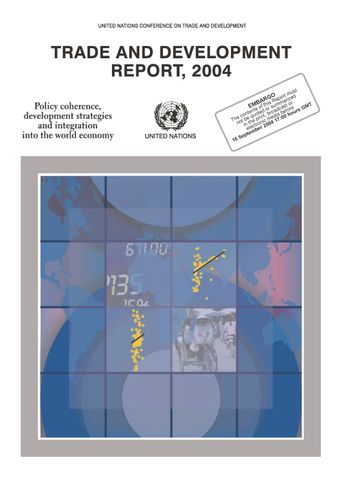Openness, integration and national policy space

- Author: United Nations Conference on Trade and Development
- Main Title: Trade and Development Report 2004 , pp 79-100
- Publication Date: October 2006
- DOI: https://doi.org/10.18356/3f0eff0d-en
- Language: English
The move to unrestricted cross-border flows of goods, services and capital has always been one of the principles of globalization. Since the late 1970s, “the propensity to truck, barter and exchange one thing for another” (Adam Smith), unhindered by political boundaries, has been regarded as the cornerstone of a global system that would produce efficiency gains from allowing resources to be directed to their most efficient use, and specialization gains from accessing a greater variety of intermediate and capital goods. If improved institutional quality and technology spillover are added, trade and capital openness should automatically allow for catch-up growth in poorer countries and bring about income convergence at the global level (see, for example, IMF, 2002; WTO, 1998; World Bank, 2002; Winters, 2004). But the empirical evidence supporting this approach has been elusive. In fact, most of the evidence suggests that the impact of trade openness has been highly uneven, and contingent on a variety of institutional factors, and that there is room for discretionary policy measures at the micro and macro level.
-
From This Site
/content/books/9789211556018s006-c002dcterms_title,dcterms_subject,pub_keyword-contentType:Journal -contentType:Contributor -contentType:Concept -contentType:Institution105


